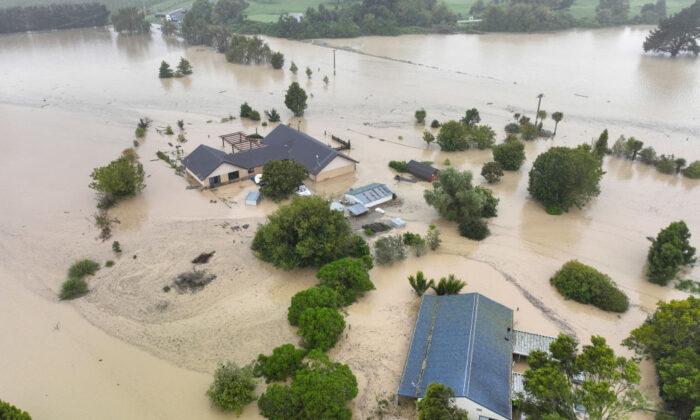With New Zealand’s Natural Hazards Commission (NHC) struggling to rebuild its reserves after emptying its account to pay for rebuilding following two major earthquakes, ministers have signalled that homeowners who persist in living in known flood-prone areas may become ineligible for up to $300,000 (US$187,000) post-event payout in the event of a disaster.
New Zealand is one of the few countries in the world with access to government-funded residential land insurance. The fund was first created in 1945 and administered through what was then called the Earthquake and War Damage Commission.
By 2010, it had accumulated to over $6 billion. But following the Canterbury and Kaikōura earthquakes in 2010 and 2016 respectively, the entire fund was used to settle claims for earthquake damage.
Because the NHC buys reinsurance (effectively insurance for insurers), some of its risk is covered, but it still faces payouts of over $2 billion in every disaster event.
Parliament is questioning whether the scheme can be maintained with a sluggish economy and an annual current account deficit of $30.6 billion last year.
However, simply cancelling it would lead to skyrocketing insurance premiums—which increased 24.6 percent in the year to March—and guarantee a public backlash.
Huge Numbers at Risk
Hundreds of thousands of people live on land currently deemed to be exposed to river or coastal flooding, and the frequency and severity of flooding are increasing. As sea levels rise, even more people are likely to be affected.Research by NIWA, the national environmental science research institute, and the University of Auckland in 2022 revealed 441,384 residential buildings were at risk of flooding, with an estimated replacement value of $218 billion—12 percent of New Zealand’s housing value.
The Finance and Expenditure Committee—which has members from every party in Parliament—has concluded that “Individuals should be responsible for managing their own natural hazard risk” and that “the longer the information about the risk has been available, the less case there is for socialising the cost if the risk is realised.”
Committee chair National MP Stuart Smith said the government could not afford to regularly bail out flood-hit residents affected by cyclones such as Gabrielle and Hale.
Could Become Financially Unsustainable: Treasury
Insurers say they are already paying out more claims, but much of the damage is not privately insured, leaving it to taxpayers or residents to cover the cost. Treasury has warned that ongoing bailouts could become financially unsustainable if action isn’t taken to reduce the risk.“Where we have existing issues with people living in those areas, the reality is we can not afford to continue along the path of giving out support to types of events like Cyclone Gabrielle and the Auckland Anniversary floods on a regular basis,” Smith said.
“We need to ensure those places are shored up, and where places should not have been built upon, we need to consider their future.”
However, what would happen to people forced to leave their homes is still the subject of considerable debate. MPs said they “broadly” agreed with the principles put forward by an expert working group on managing retreat from flood zones, but they did not endorse or reject any specific proposals.
They added that the compensation was not about “preserving people’s wealth or protecting property owners from the risks of property ownership.”
Among the options on the table are offering no compensation for holiday homes but compensating people for their primary homes either on a per square metre basis (up to, say, the first 180 square metres) or up to the full rateable value of a property for 80 or 90 percent of homes.
Who Pays What in the Event of a Disaster?
The homeowner’s insurer and the government’s Natural Hazards Commission (NHC) split the cost of fixing or replacing homes and properties after a natural disaster.If flooding causes a landslide, which damages the property, then NHC pays up to $300,000, and the private insurer pays the rest.
However, if the only damage is from flooding, the insurance company is responsible for the buildings, while NHC remediates the land.
The Commission will pay for the removal of debris and silt (but only that which is 15 millimetres or deeper) and the repair of any washed-away land surface.
The Commission’s maximum payment is subject to the “land cover cap,” which is calculated by adding the market value of the insured, damaged land plus retaining walls, bridges, and culverts within eight metres of any structures and “under or supporting” main access, such as a driveway, up to 60 metres from the home.
However, this isn’t completely free. Every year, homeowners pay a Natural Hazards Insurance Levy (formerly known as the EQC levy) as a part of their private insurance premium.
Between 2018 and 2020, the government provided a $240 million top-up to the NHC’s funds and a $130 million loan, which has since been repaid.






